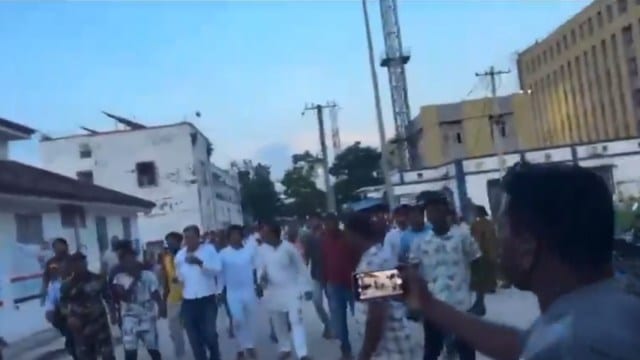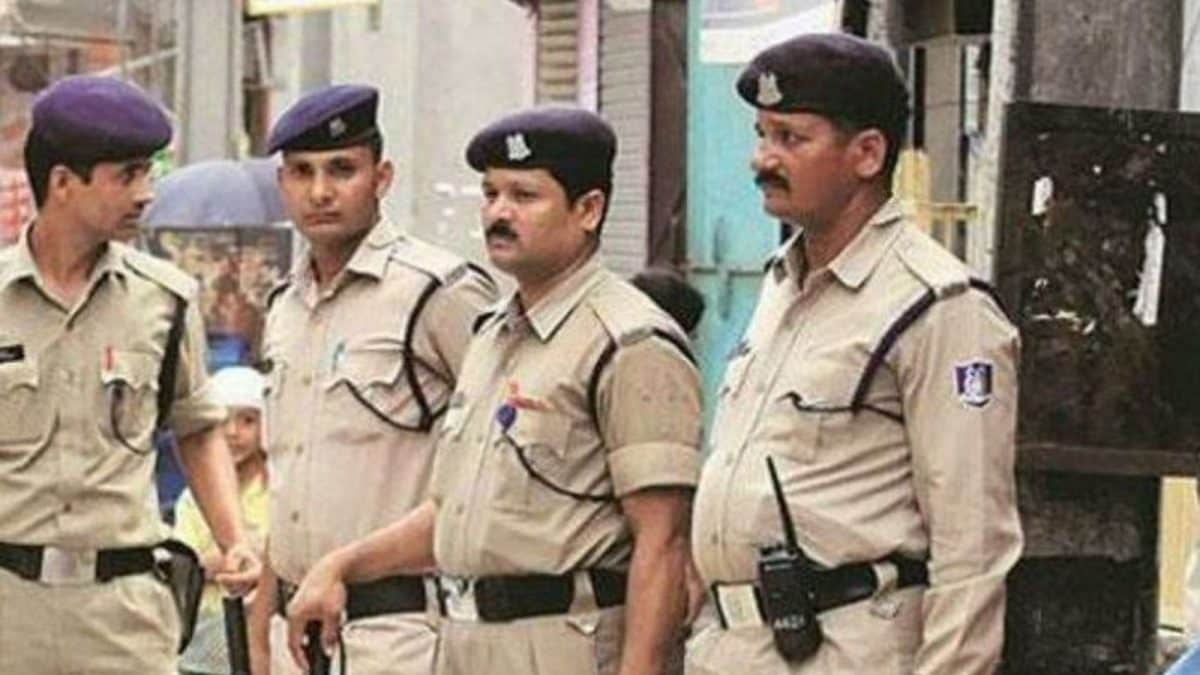ARTICLE AD BOX
 Police rushed all of them to the GMCH, where doctors pronounced two men “brought dead”, while the third succumbed to his injuries during treatment.
Police rushed all of them to the GMCH, where doctors pronounced two men “brought dead”, while the third succumbed to his injuries during treatment.
The Government Medical College Hospital (GMCH) in Bihar’s Purnia witnessed a ruckus when the members of an accident victim’s family allegedly assaulted hospital staff, accusing them of sending their “living relative” for postmortem.
According to authorities, two speeding motorcycles collided head-on near a petrol pump in Purnia on Saturday afternoon, severely injuring three men. Police rushed all of them to the GMCH, where doctors pronounced two men “brought dead”, while the third succumbed to his injuries during treatment.
After the staff declared them dead, the bodies were taken for postmortem. However, in the postmortem room, one of the relatives claimed to have seen blood flowing from the body of one of the deceased, identified as Mohammad Najim.
Family members then created a ruckus and took Najim’s body back to the emergency ward, demanding renewed medical attention. While the victim was again declared dead, a crowd of agitated family members and their supporters allegedly cornered medical staff, attempted physical confrontations, and tried to forcibly detain one doctor, sources said.
A video from the hospital has since been widely shared on social media platforms, including the X account of the RJD. Sharing the video, the Opposition party wrote, “At GMCH, Purnia, a living patient was declared dead and sent for postmortem! In the incompetent and corrupt BJP-Nitish government, Bihar’s ‘inauspicious’ healthcare system is causing immense suffering to the common people every day!”
Hospital authorities, however, claimed that all clinical protocols, from trauma management to postmortem procedures, were followed. A GMCH official said, “Three patients from a road traffic accident were brought in by police. Two were already brought dead, and despite all possible efforts, the third also succumbed. The deaths were confirmed by repeated medical checks, including an ECG showing a flat line. In the postmortem room, relatives, however, mistook signs of posthumous bleeding for life and confronted our team.”
With the situation deteriorating, police reinforcements from multiple police stations were sent to the hospital, where, after long discussions and explanations, the crowd eventually dispersed.



.png)
.png)
.png)

























 English (US) ·
English (US) ·